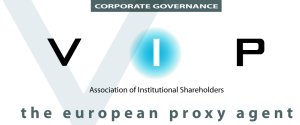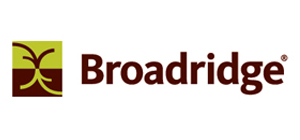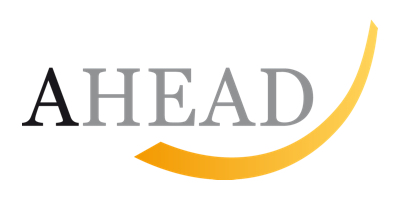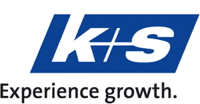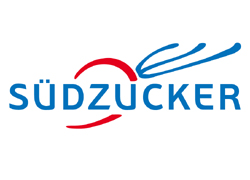Politics
Latest bank stress test reveals gaps
 The European Banking Authority EBA in a lightning test has expanded its summer stress-test data to the months of July, August and September. The final results are expected in late November. It emerged as early as mid-November, however, that in view of the Greek sovereign debt crisis the European banks’ need for a stable equity-capital ratio of nine percent at end June 2012 will be far greater than anyone had imagined. At German banks alone the capital shortfall of 5.2 billion euros is likely to increase to around ten billion euros, according to the experts’ first estimates. Between July and late September, Europe’s banks sold bonds worth tens of billions, wrote their value off, and brought on losses that severely reduced their equity capital. While in the stress test at the end of June the capital need of the 70 largest banks was already at 109 billion euros, this figure will increase dramatically once the escalation is taken into account. What is certain is that four German financial houses must drive up their capital ratio to nine percent, including the Deutsche Bank, which needs 1.2 billion euros, Commerzbank, which needs 2.9 billion euros, as well as the Landesbank Baden-Württemberg (€364 million) and Nord/LB (€660 million). It is becoming apparent that an additional nine German banks will show shortfalls.
The European Banking Authority EBA in a lightning test has expanded its summer stress-test data to the months of July, August and September. The final results are expected in late November. It emerged as early as mid-November, however, that in view of the Greek sovereign debt crisis the European banks’ need for a stable equity-capital ratio of nine percent at end June 2012 will be far greater than anyone had imagined. At German banks alone the capital shortfall of 5.2 billion euros is likely to increase to around ten billion euros, according to the experts’ first estimates. Between July and late September, Europe’s banks sold bonds worth tens of billions, wrote their value off, and brought on losses that severely reduced their equity capital. While in the stress test at the end of June the capital need of the 70 largest banks was already at 109 billion euros, this figure will increase dramatically once the escalation is taken into account. What is certain is that four German financial houses must drive up their capital ratio to nine percent, including the Deutsche Bank, which needs 1.2 billion euros, Commerzbank, which needs 2.9 billion euros, as well as the Landesbank Baden-Württemberg (€364 million) and Nord/LB (€660 million). It is becoming apparent that an additional nine German banks will show shortfalls.
Eurobonds controversy
 On 23 November the EU Commission presented its proposal for joint bonds of euro-area countries. According to the Federal Association of German Banks (BdB), German private banks reject José Manuel Barroso’s proposals on eurobonds: none of the models presented in the European Commission’s Green Paper were convincing. The black-yellow coalition has also reiterated its rejection. Chancellor Angela Merkel had repeatedly made clear her opposition to Community bonds to solve the debt crisis. For the eurozone bonds, there are three options. First, the full replacement of national issues, with collective responsibility of all euro countries. The second possibility is joint and several liability up to a certain level of debt, say 60 percent of gross domestic product. In the last option, liability would be limited as in the second variant, but here the individual States would be liable for the common debt raised in proportion to their economic power. Brussels also wants to strengthen control over the budgetary oversight of euro countries suffering from serious difficulties.
On 23 November the EU Commission presented its proposal for joint bonds of euro-area countries. According to the Federal Association of German Banks (BdB), German private banks reject José Manuel Barroso’s proposals on eurobonds: none of the models presented in the European Commission’s Green Paper were convincing. The black-yellow coalition has also reiterated its rejection. Chancellor Angela Merkel had repeatedly made clear her opposition to Community bonds to solve the debt crisis. For the eurozone bonds, there are three options. First, the full replacement of national issues, with collective responsibility of all euro countries. The second possibility is joint and several liability up to a certain level of debt, say 60 percent of gross domestic product. In the last option, liability would be limited as in the second variant, but here the individual States would be liable for the common debt raised in proportion to their economic power. Brussels also wants to strengthen control over the budgetary oversight of euro countries suffering from serious difficulties.
IFRS 9 to apply as from 2015
From 2015 new accounting rules for banks are to ensure more security and transparency. The core of the reform is the accounting of financial instruments. The International Accounting Standards Board (IASB), responsible for the accounting rules, decided in November that the standard for financial instruments (IFRS 9) would first apply in 2015. The decision means that banks have more time to adjust to the new rules, thus ending the dispute between the IASB and the EU Commission. IFRS 9 consists of three parts: 1. Classification and evaluation of financial assets, 2. Assesment of and provisions for loan losses, and 3. Accounting treatment of hedging transactions. In late 2009 the first part was decided, but not yet implemented. According to it, in future there should be only two categories of assets - fair value or amortized cost (at cost). The hybrid category "available for sale" will no longer exist.

